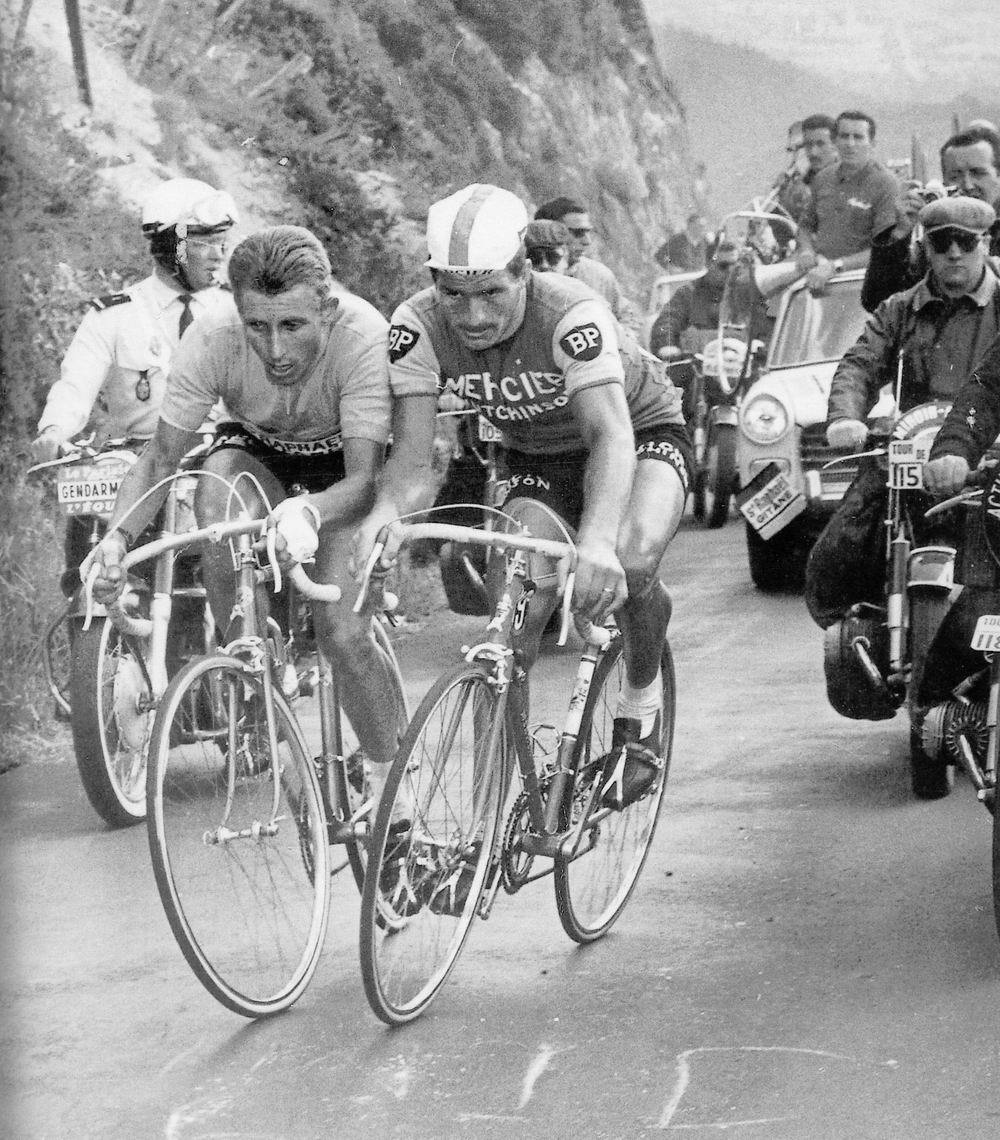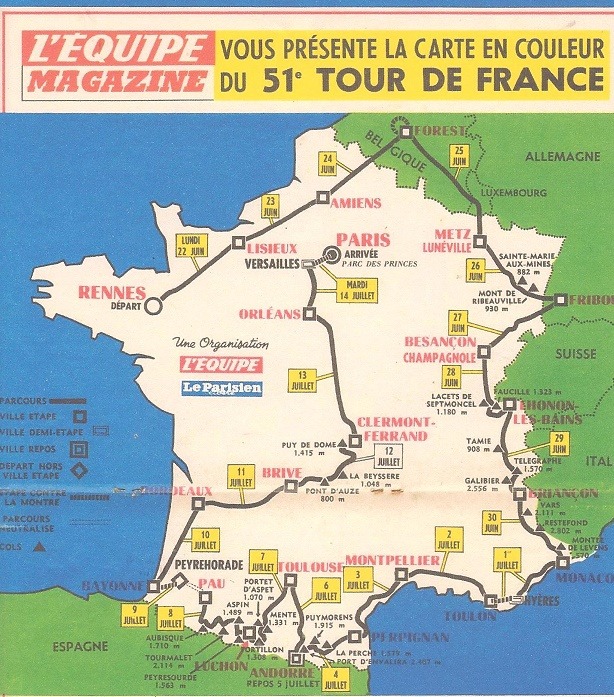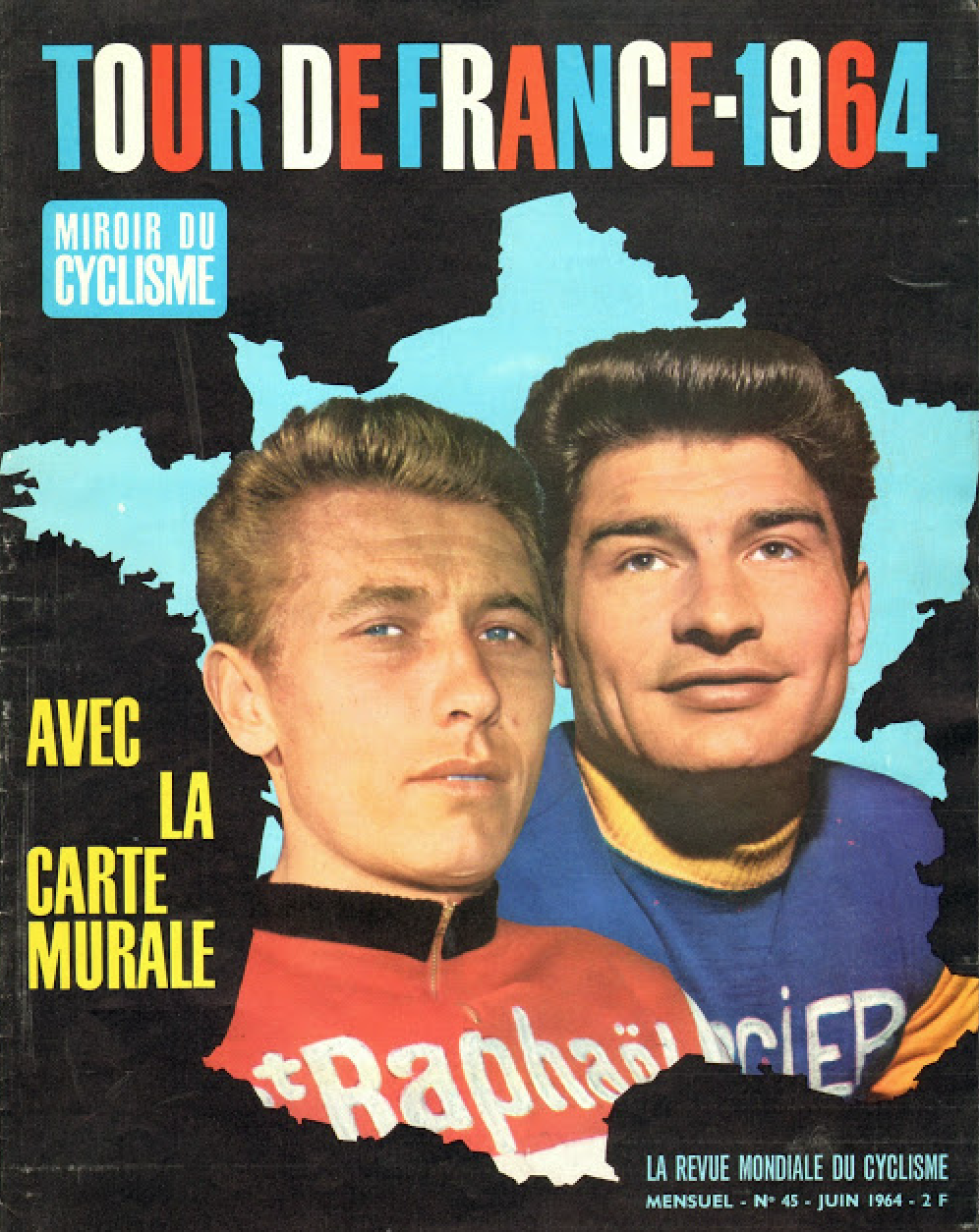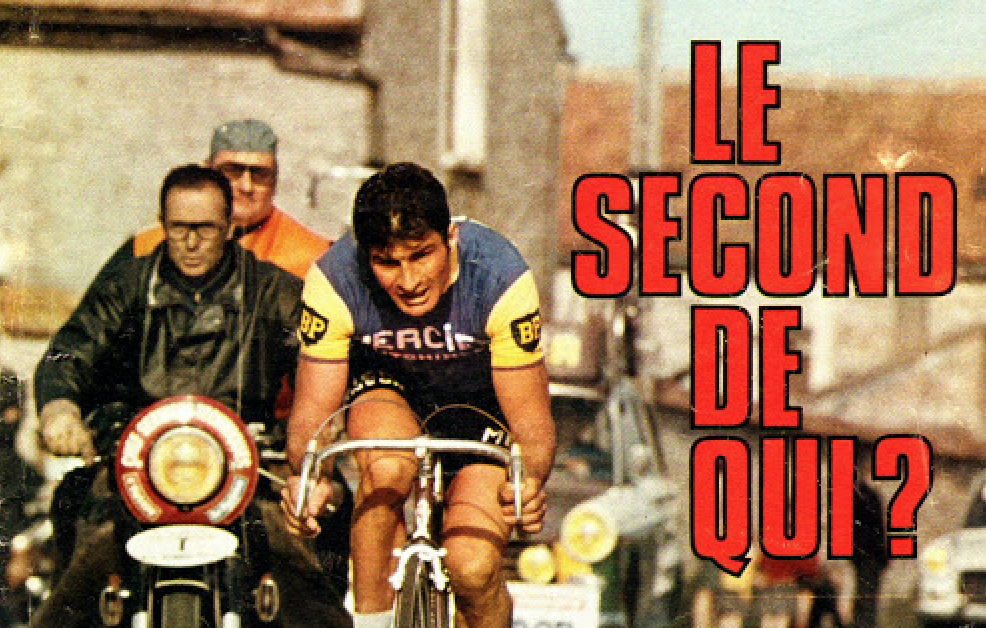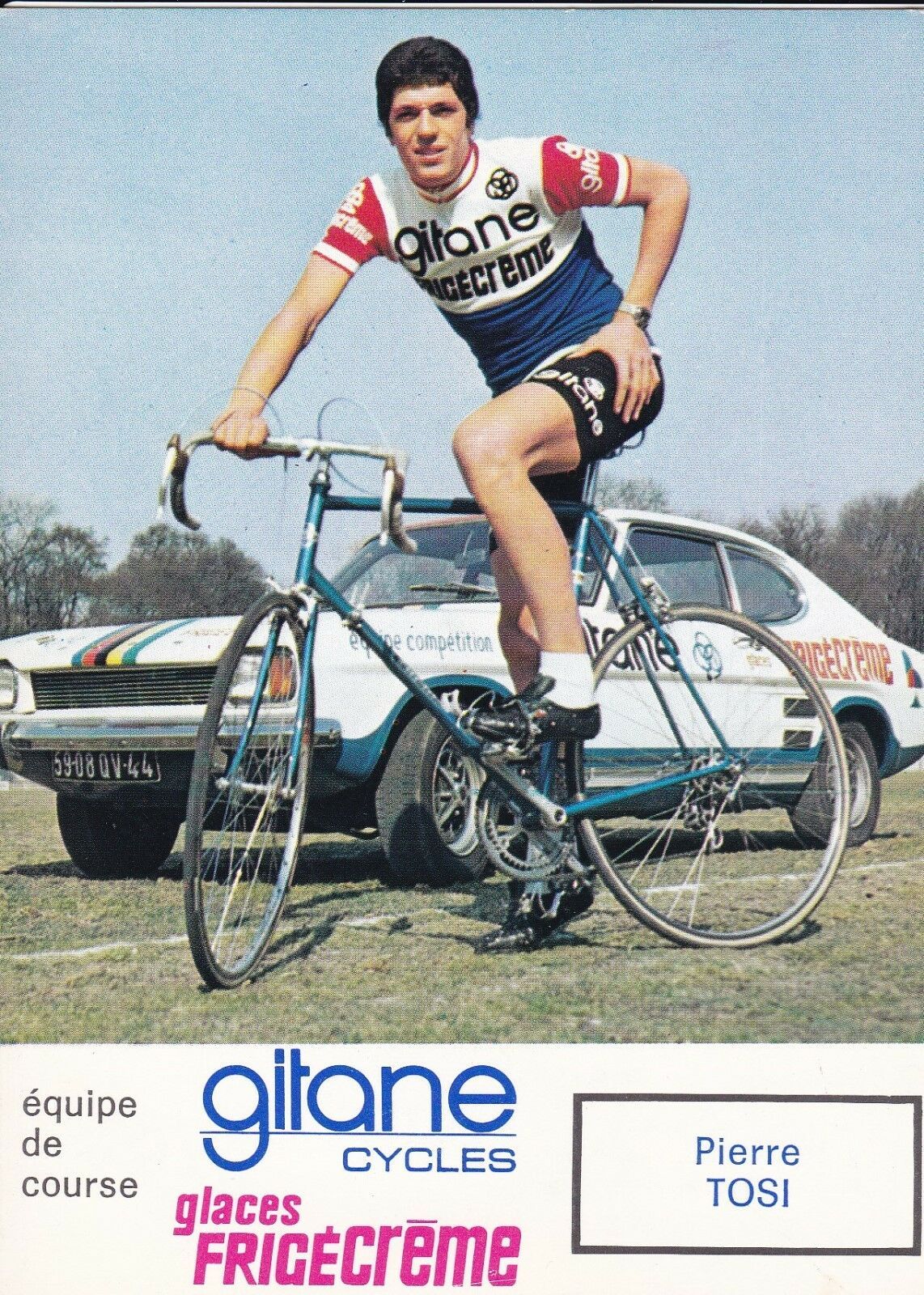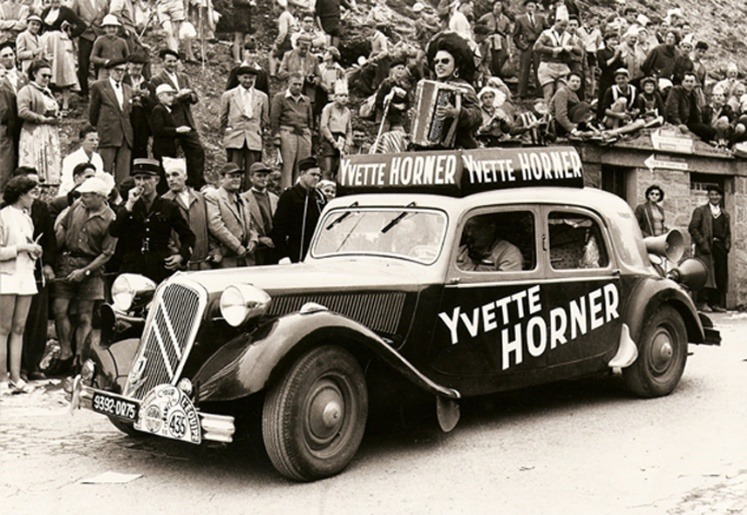The third and final part of the series looking at the 1964 Tour de France is a look at what made it such a good Tour. If you’re in a hurry: it came down to a contest between two riders and was close right until the end… but there’s more to it than that.
History
The 1964 Tour de France, Part II
Part II of the series looking at the 1964 Tour de France is a stage-by-stage account of the race to show race unfolding from stage wins to accidents, punch-ups to punctures. There are the oddities of the time such as using cabbage leaves to protect against the heat, and the infamous incident of a fortune teller predicting Jacques Anquetil’s death mid-race.
The 1964 Tour de France, Part I
The best Tour de France ever? Some say 1989, take your pick. During the 1989 Tour many knew it was an exceptional edition and held up 1964 as a reference point or even the vintage edition for comparison. With this in mind here’s a mini-series to take a look the 1964 Tour. Part I below looks at the year in general, the cycling season, the race’s route and format.
Raymond Poulidor Obituary
Raymond Poulidor died on 13 November, aged 83. A champion cyclist, he made a name for himself as a loveable loser, a moral winner and a dependable emblem of rural France during a period of societal change. His reputation reaches far beyond cycling and there are Poulidors in sport, politics and life.
1989 Tour de France, Part II
It’s the 30th anniversary of the 1989 Tour de France, a vintage edition of the race. It’s famous for the eight second gap between the winner Greg LeMond and Laurent Fignon, the narrowest margin of victory in the history of the race. Yet this was only the final moment of the race, the three weeks before this and even the months and years leading up to the race made it great. In the second part of a series looking at the 1989 Tour, here’s a look at the opening phase of the race and what made it stand out.
1989 Tour de France, Part I
It’s the 30th anniversary of the 1989 Tour de France, a vintage edition of the race. It’s famous for the eight second gap between the winner Greg LeMond and Laurent Fignon, the narrowest margin of victory in the history of the race. Yet this was only the final moment of the race, the three weeks before this and even the months and years leading up to the race made it great.
Pierre Tosi Obituary
Pierre Tosi died on 1 April, aged 69. A modest rider, his very lack of achievement as a professional cyclist was the inspiration for the film Le Vélo de Ghislain Lambert.
A Short History of Rider Unions
David Millar is running to become the next President of the CPA, the union of pro cyclists. He’s got a mountain to climb, he launched his bid just weeks before the vote and the voting system is likely to hinder him but whether you like him, loathe him or feel indifferent having a contest is a good thing. We’ll look at this contest tomorrow but for now here’s a brief history of rider unions which helps set the scene.
Yvette Hornère Obituary
Yvette Horner was at the intersection of French popular culture in the 1950s and 60s when she played the accordion at the Tour de France, a publicity stunt that made her famous and jump-started a career that took her from the bars and cafés of Tarbes to Nashville, the big stage and prime time television.
Roger Pingeon Obituary
Roger Pingeon, an early advocate of marginal gains and a fighter of adversity who often came off worse, has died aged 76, a few months short of the 50th anniversary of his 1967 Tour de France win.

